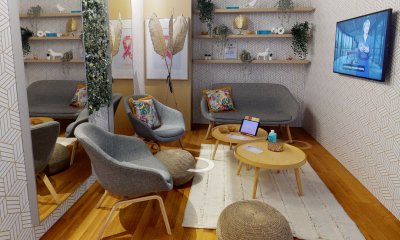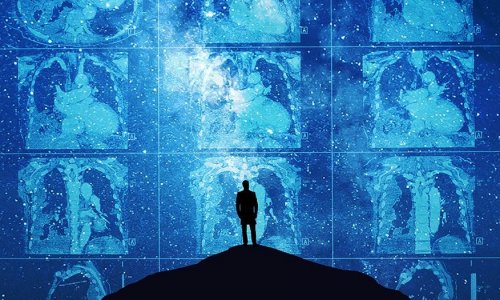Critical care ventilation
The new Carescape R860 is an intuitive critical care ventilator that uses advanced lung protection tools and an innovative user interface to help improve patient care.

Twenty-four percent of all patients mechanically ventilated will develop ventilator induced lung injury for reasons other than acute lung injury (ALI) or acute respiratory distress syndrome (ARDS - An official conference report co-sponsored by the American Thoracic Society, European Society of Intensive Care Medicine, and Societé de Réanimation de Langue Française, which was approved by the ATS Board of Directors, July 1999. Am J Respir Crit Care Med 1999; 160:2118).
GE Healthcare supports scientific belief that a lung protection strategy can help ensure the different zones of lungs receive the treatment they need, thus potentially reducing these adverse events (Villar J, Kacmarek RM, Pérez-Méndez L, Aguirre-Jaime A. A high positive end-expiratory pressure, low tidal volume ventilatory strategy improves outcome in persistent acute respiratory distress syndrome: randomised, controlled trial. Crit Care Med. 2006 May;34(5):1311-8).
GE sums up: ‘The Carescape R860 simplifies the use of advanced tools to tailor treatment for each patient by measuring patients’ lung volume and potential lung recruitability, the ability of the lung alveoli to open, and titrating the appropriate positive end-expiratory pressure (PEEP) to allow better oxygenation.’
10.11.2014





